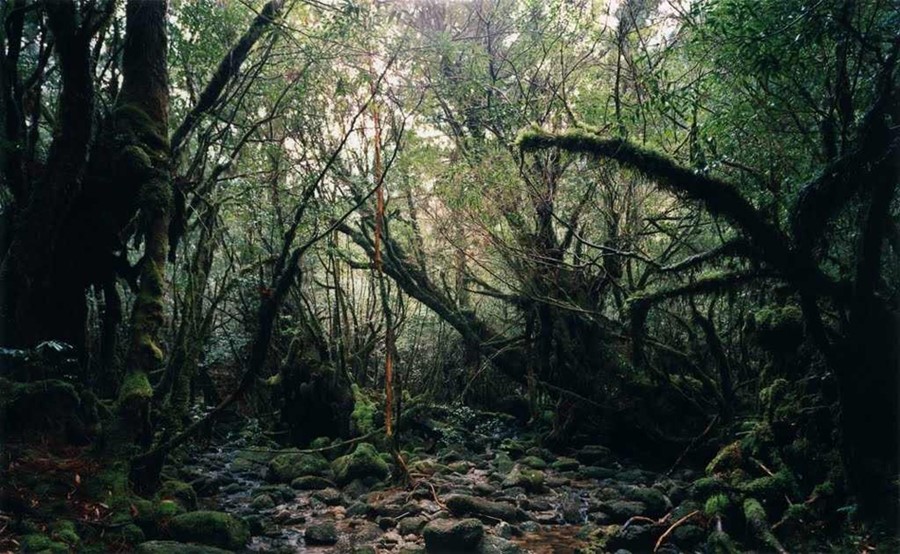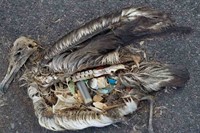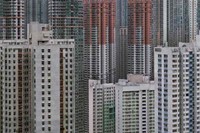Now in its third year, the Prix Pictet is an annual photography competition based around a theme related to sustainability. Water in 2008 and Earth in 2009 have given way to Growth this time around, with entrants invited to capture everything from
Now in its third year, the Prix Pictet is an annual photography competition based around a theme related to sustainability. Water in 2008 and Earth in 2009 have given way to Growth this time around, with entrants invited to capture everything from “the dizzying expansion of our cities with their ever increasing dependency on scarce natural resources, to the relentless growth of populations and the need to feed ourselves”.
For his Paradise series, now available as a large format book, German photographer Thomas Struth ventured deep into the untamed forests of China, Japan, Australia, Brazil, and Germany in search of raw, primeval nature – like this scene from Yakushima Island in southern Japan. Instead of capturing postcard-like visions of how some might think forests should look, his shortlisted series reveals how they really do look, in all their overgrown perfection.
Where Struth’s images show nature at its most untouched, Chris Jordan’s work graphically demonstrates what happens when wildlife comes into contact with our ever-expanding global web of detritus. Taken on a tiny atoll in the Pacific, Midway: Message from the Gyre shows albatross chicks that have been fed floating plastic rubbish, which their parents mistake for food. Though each image looks artfully arranged, shockingly “not a single piece of plastic in any of these photographs was moved, placed, manipulated, arranged, or altered in any way,” says Jordan. “These images depict the actual stomach contents of baby birds in one of the world's most remote marine sanctuaries, more than 2000 miles from the nearest continent”.
Michael Wolf’s Architecture of Density sets out to document just that: the mind-blowing density of Hong Kong’s skyscraper cities, which can house up to 10,000 people in each. Cut away from the earth and the sky, each image in the series is more a graphic than a real object, until you peer closer and small details of individual human lives emerge. Stark and sobering, it is what Wolf calls just “an inkling of what our cities could look like if growth continues unchecked.”
All 12 shortlisted artists are on show at the Galerie Les Filles du Calvaire in Paris until 29 November, 2010, with a book to follow in December. The winner will be announced in February 2011. For more, please see Prix Pictet.
Chris Hatherill is co-director of super/collider, a London-based collective which explores science and ecology through the creative industries.



